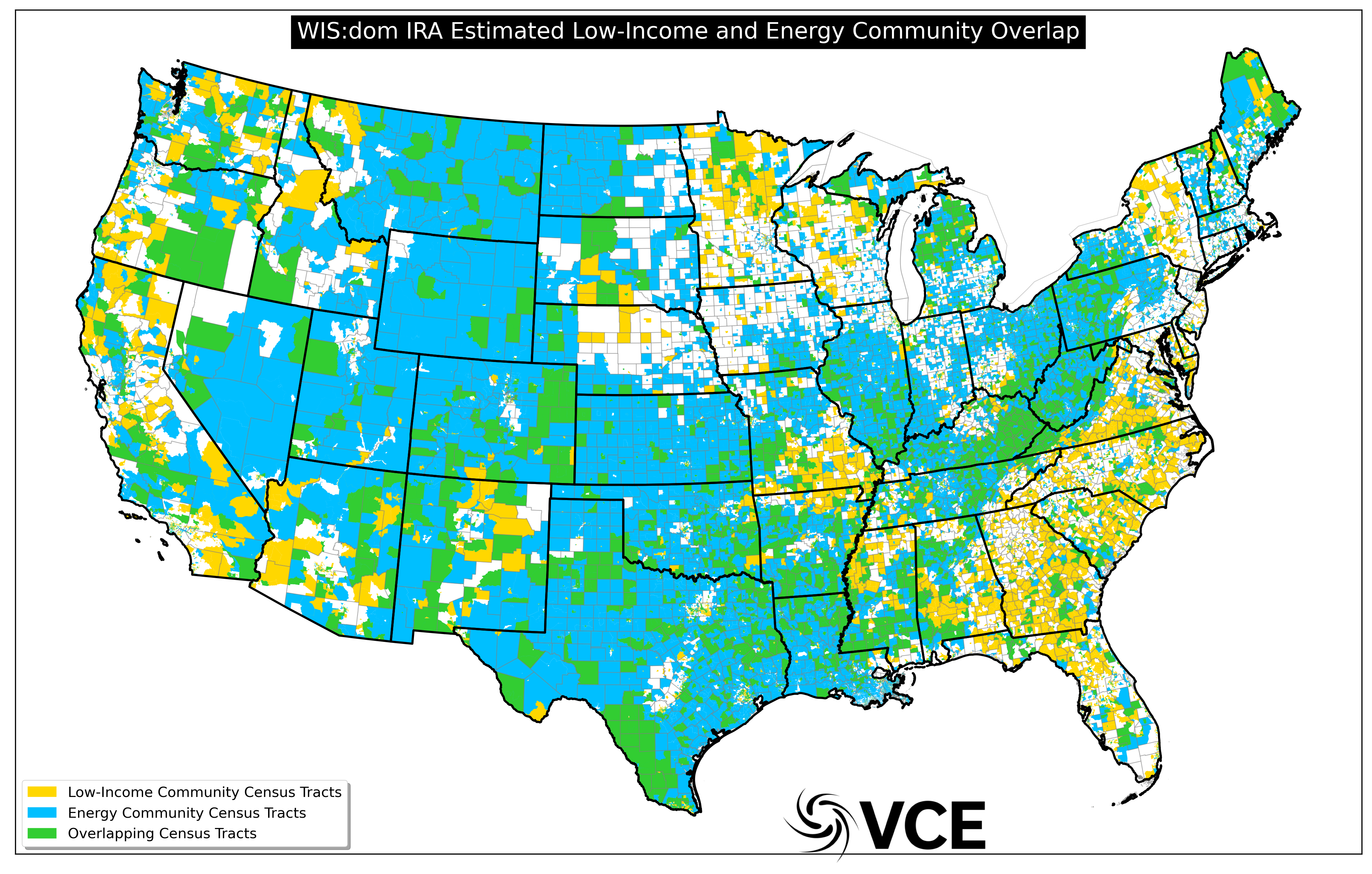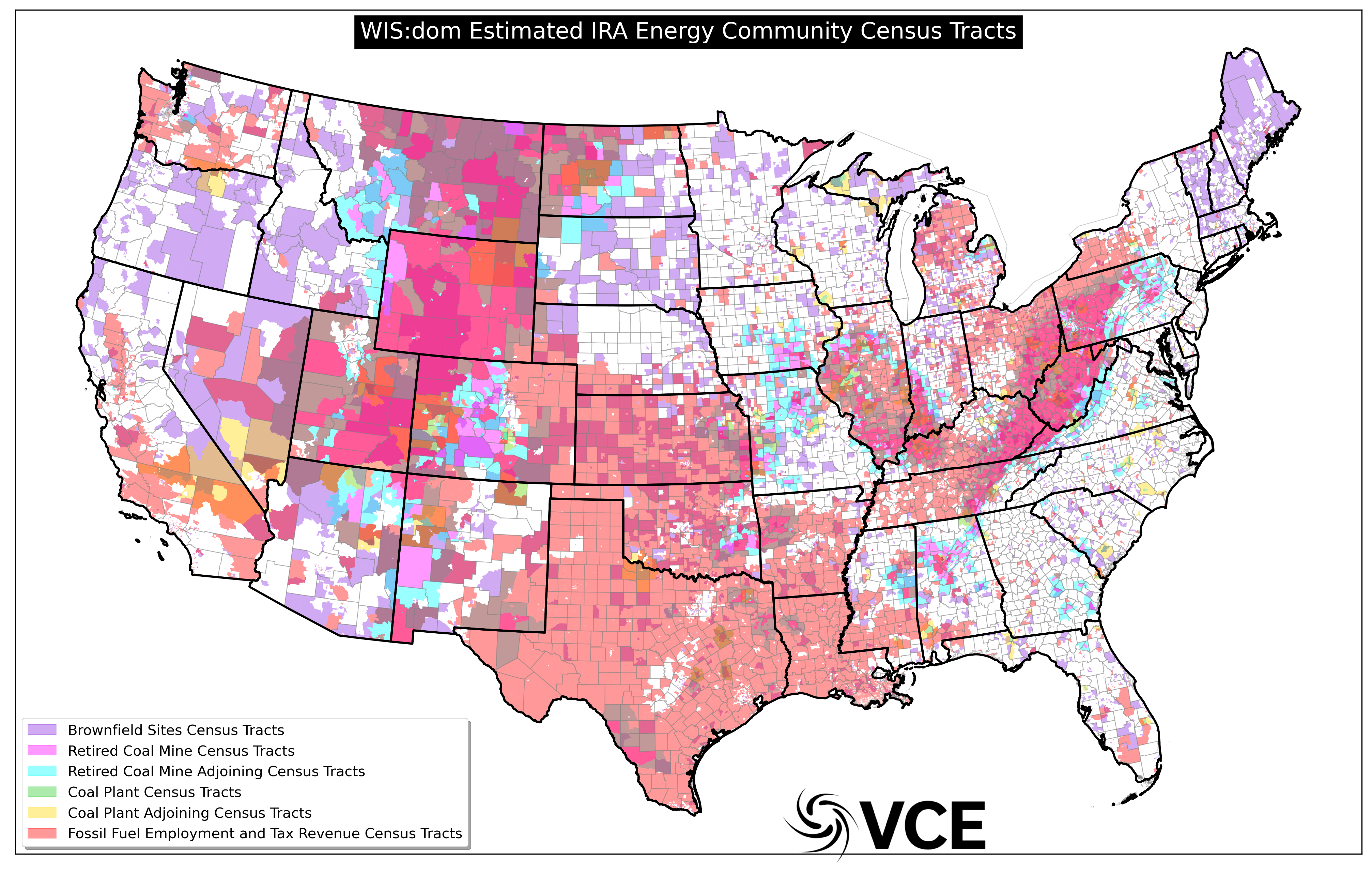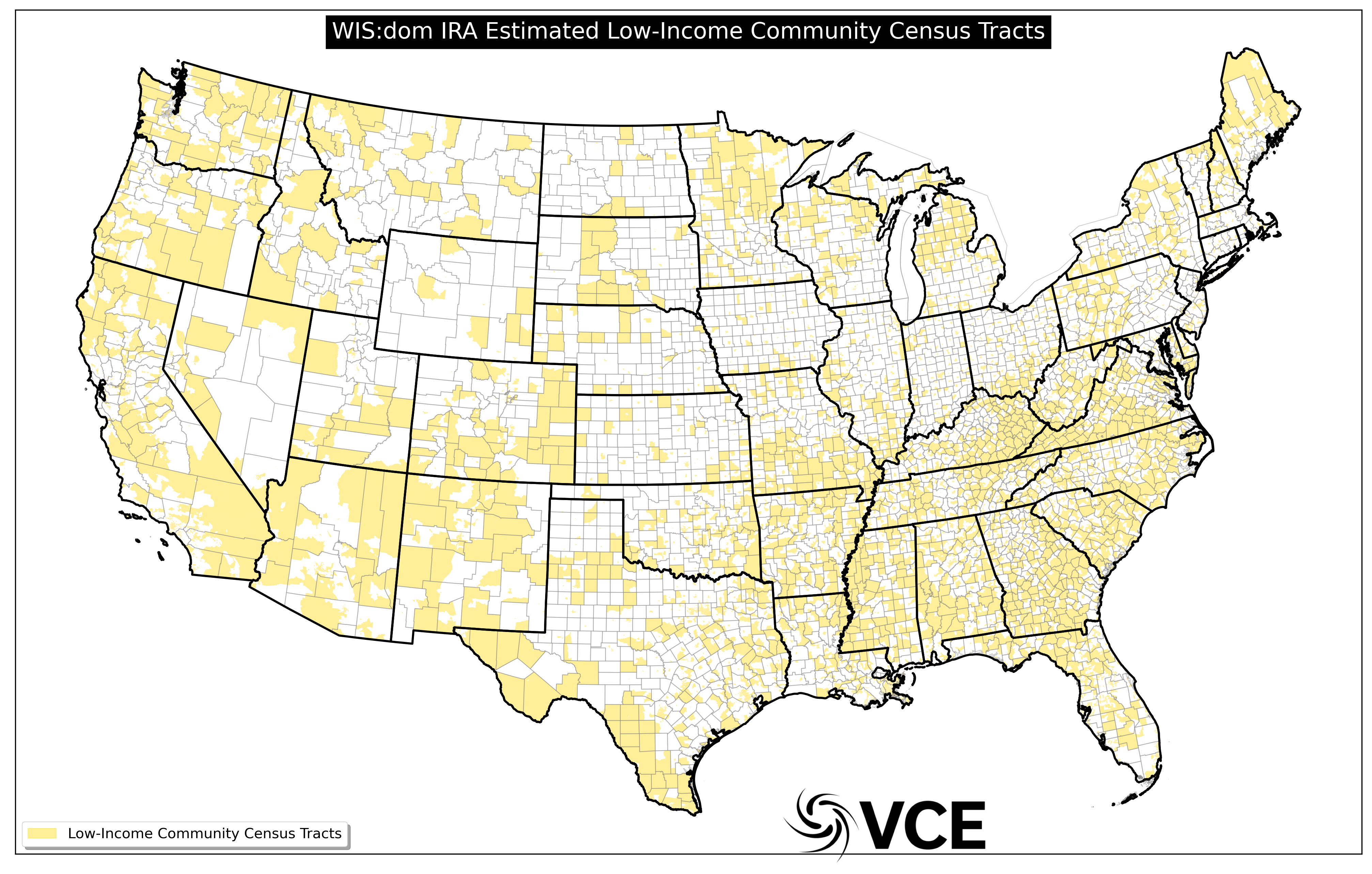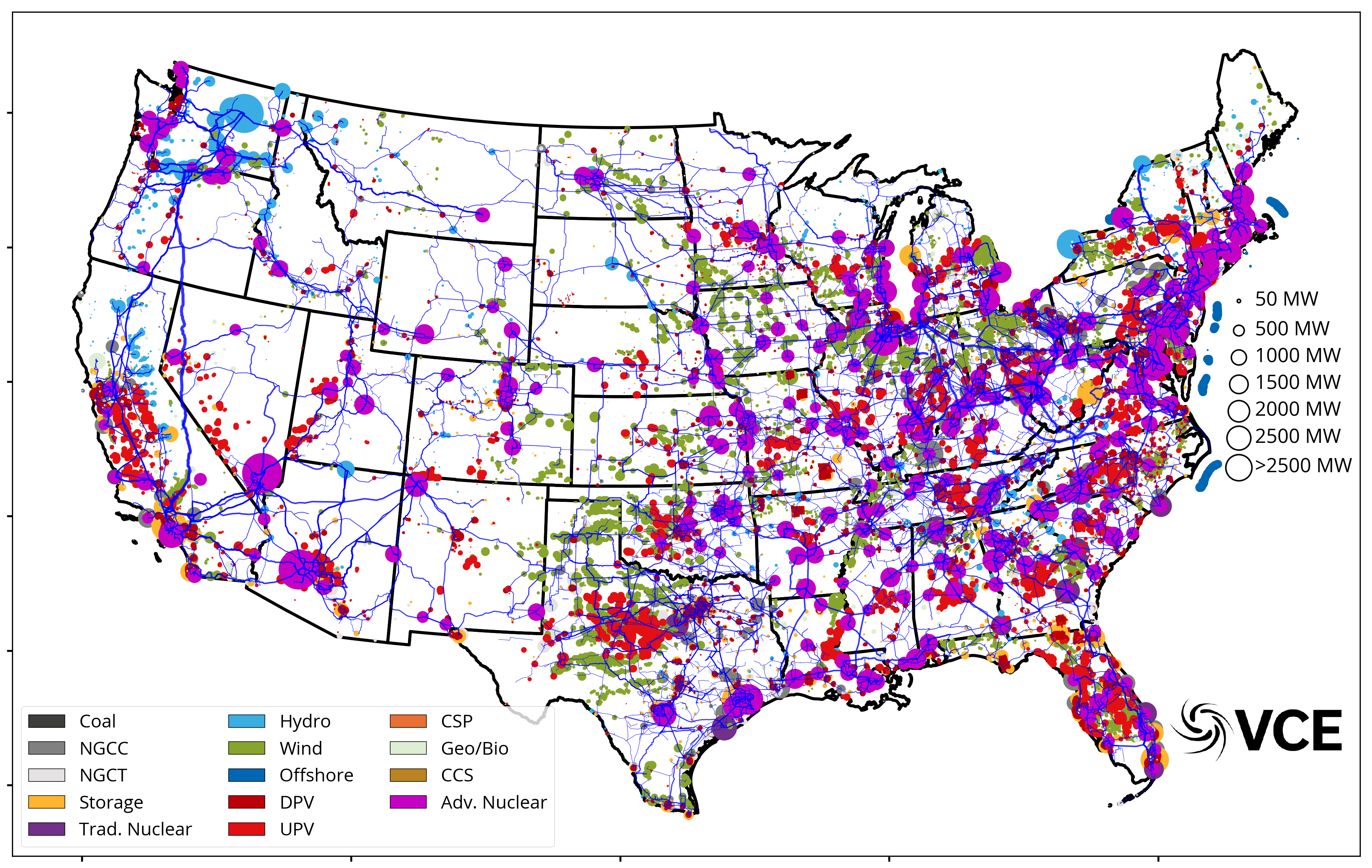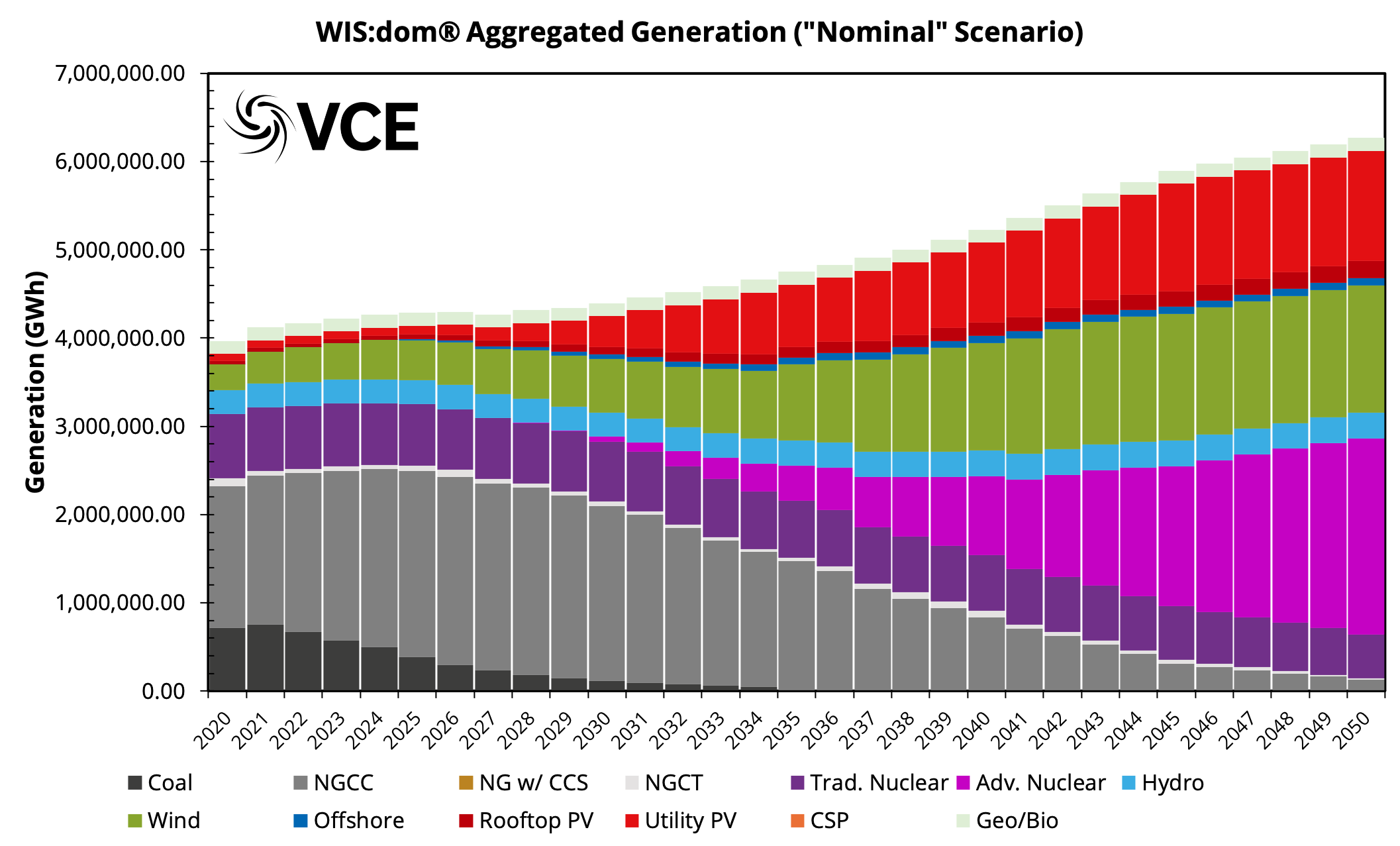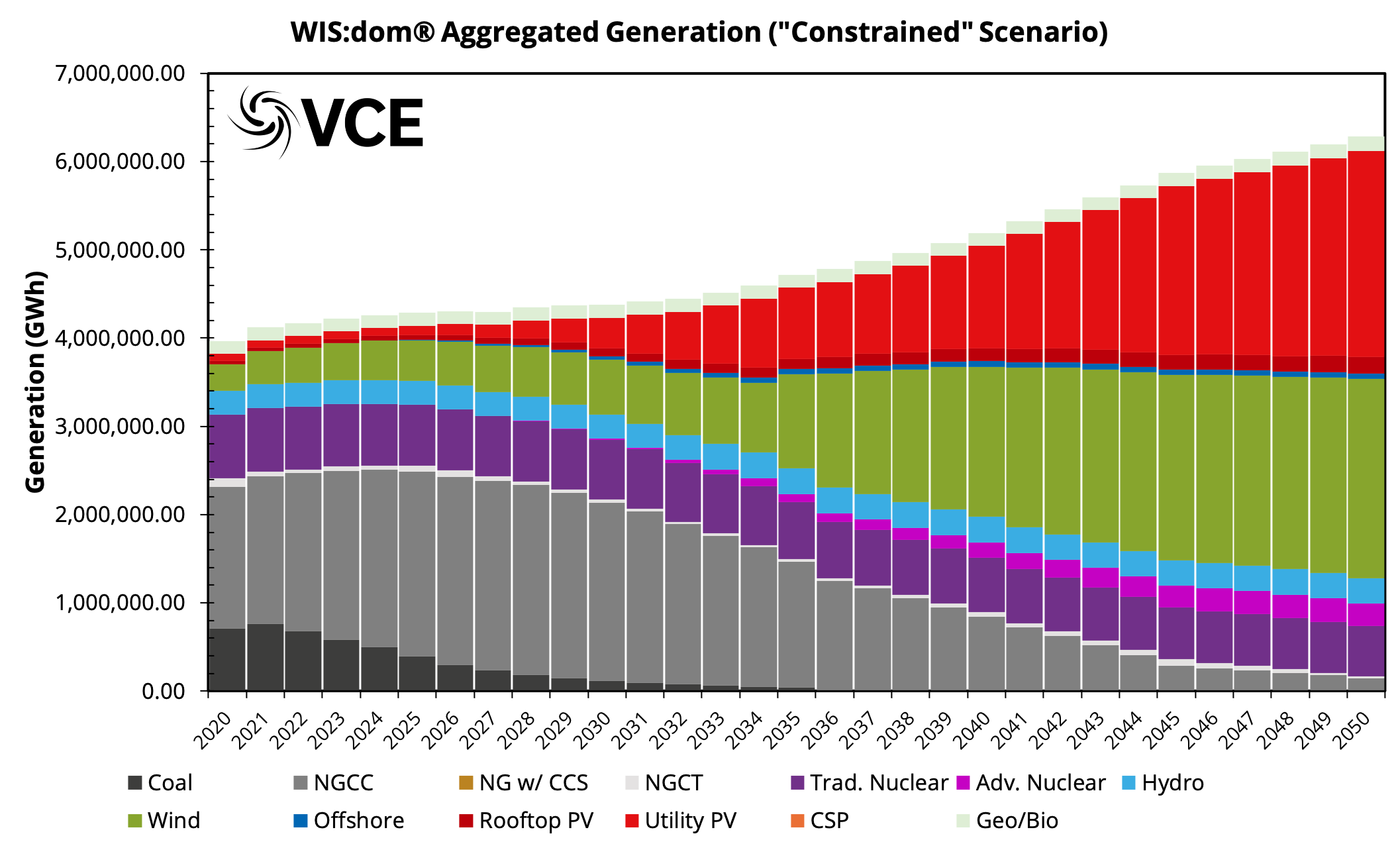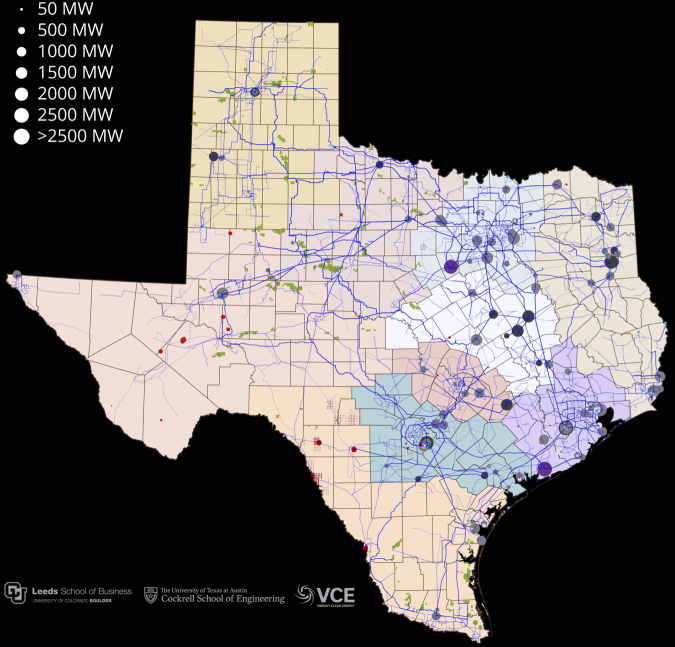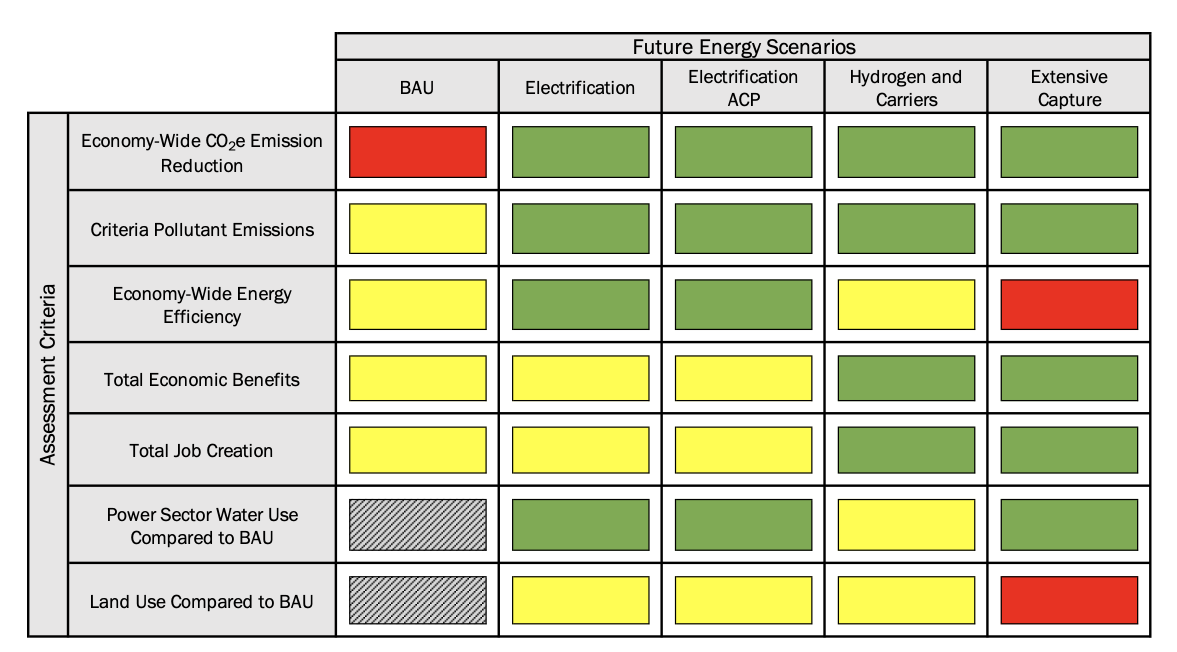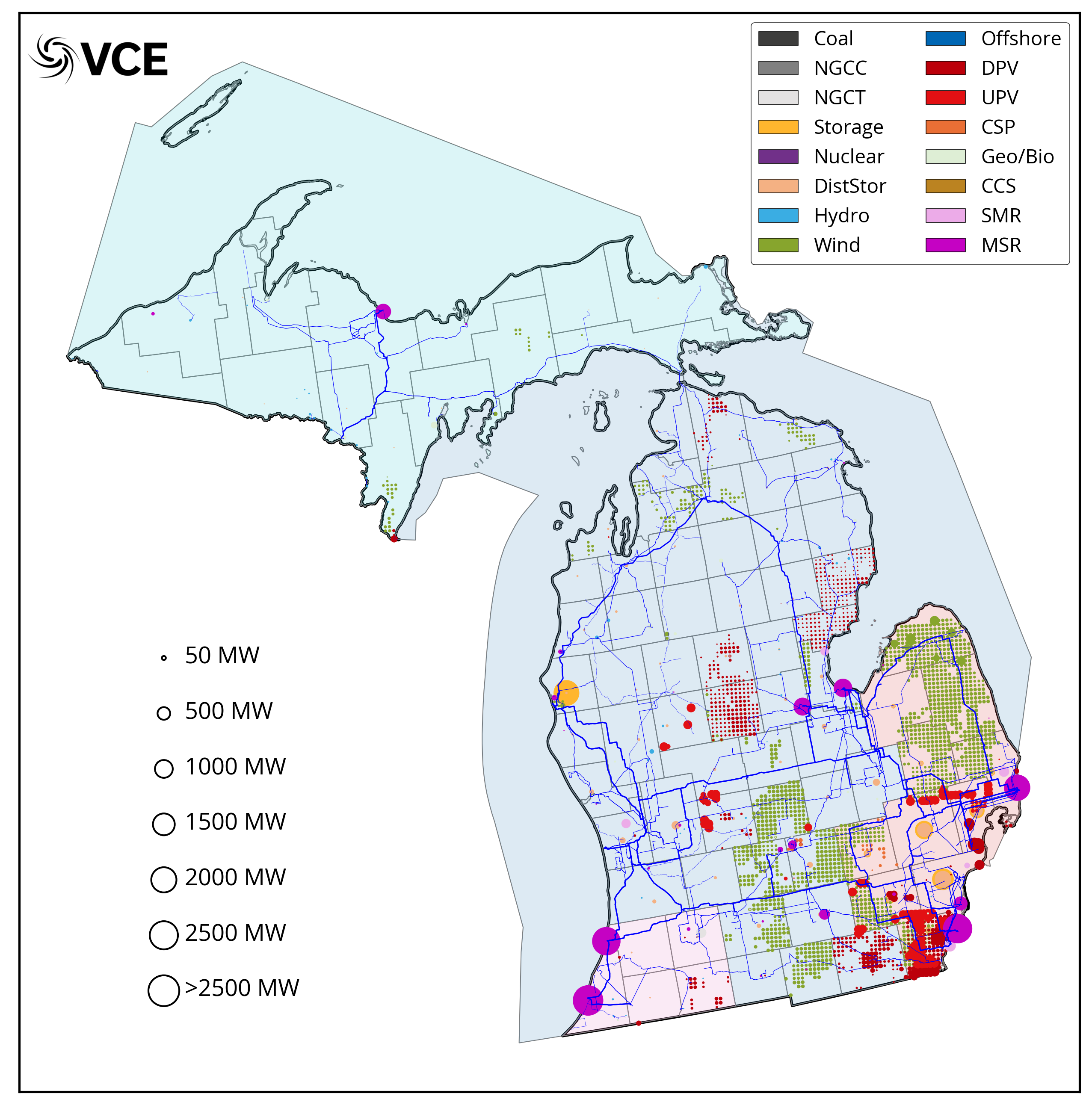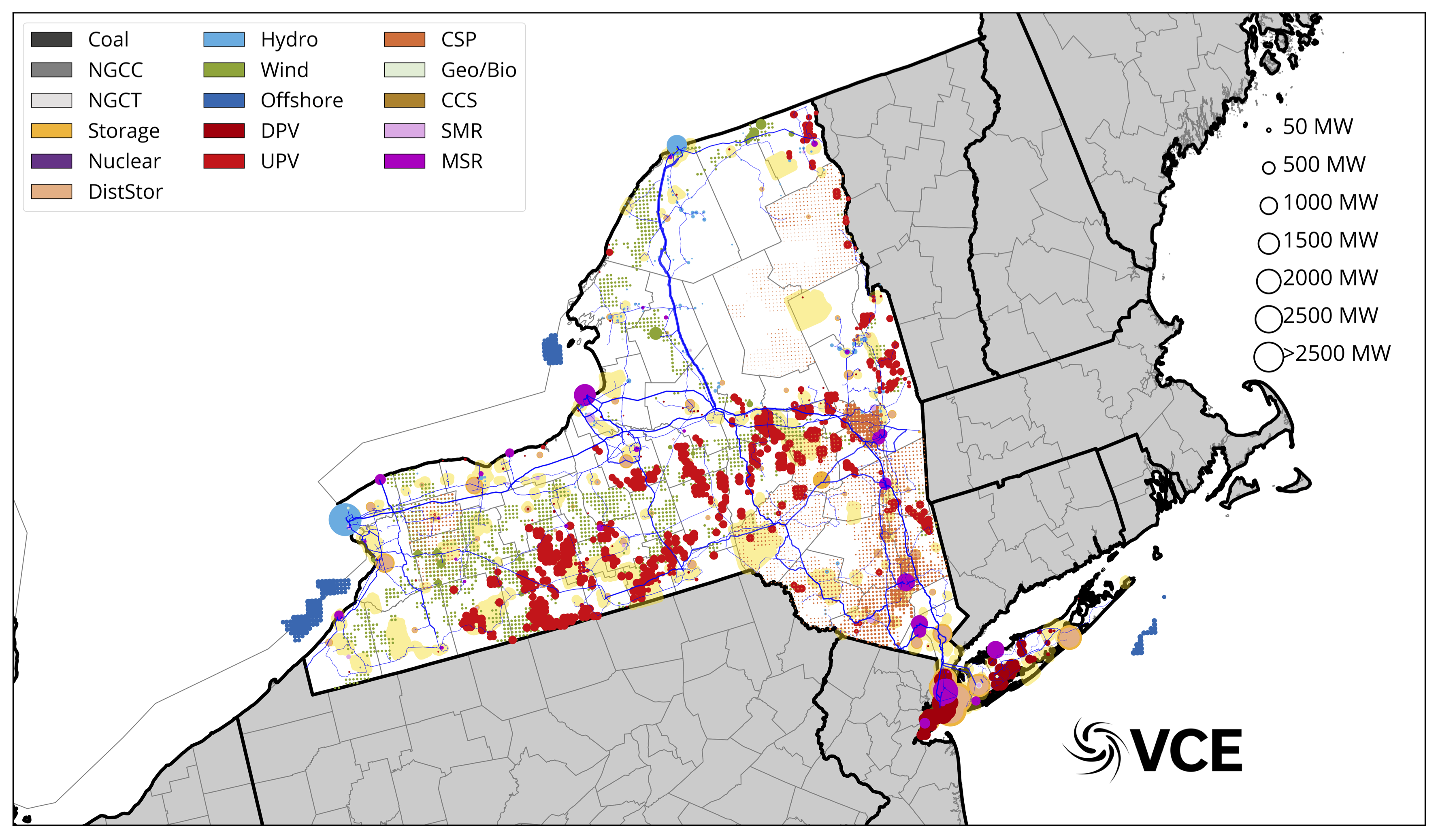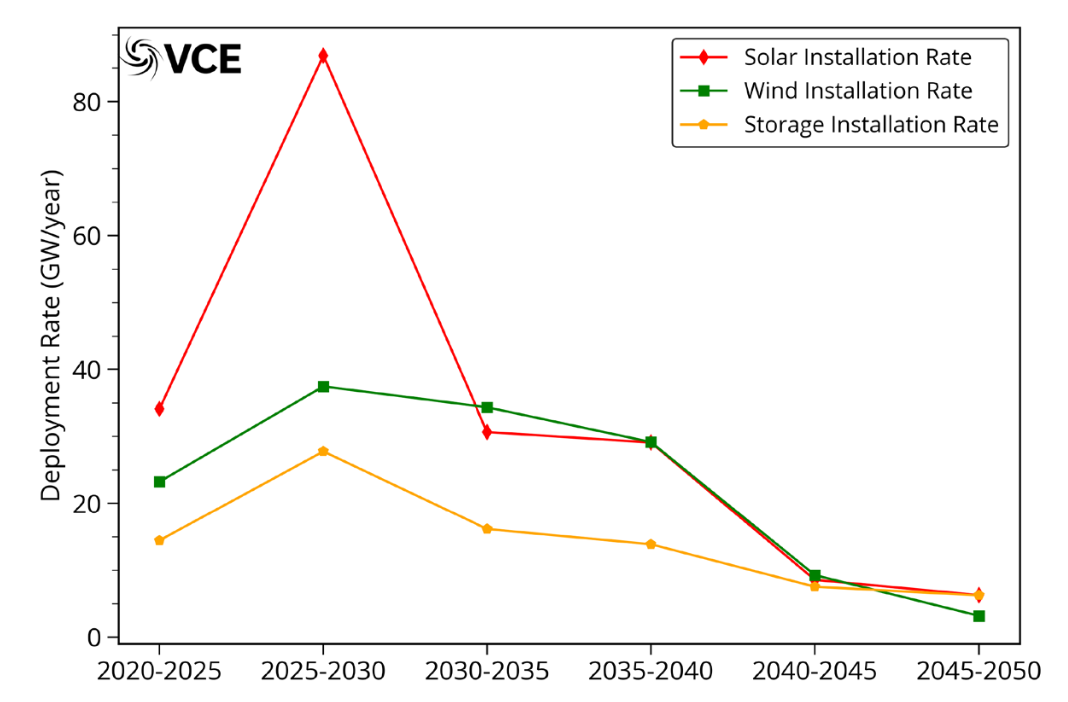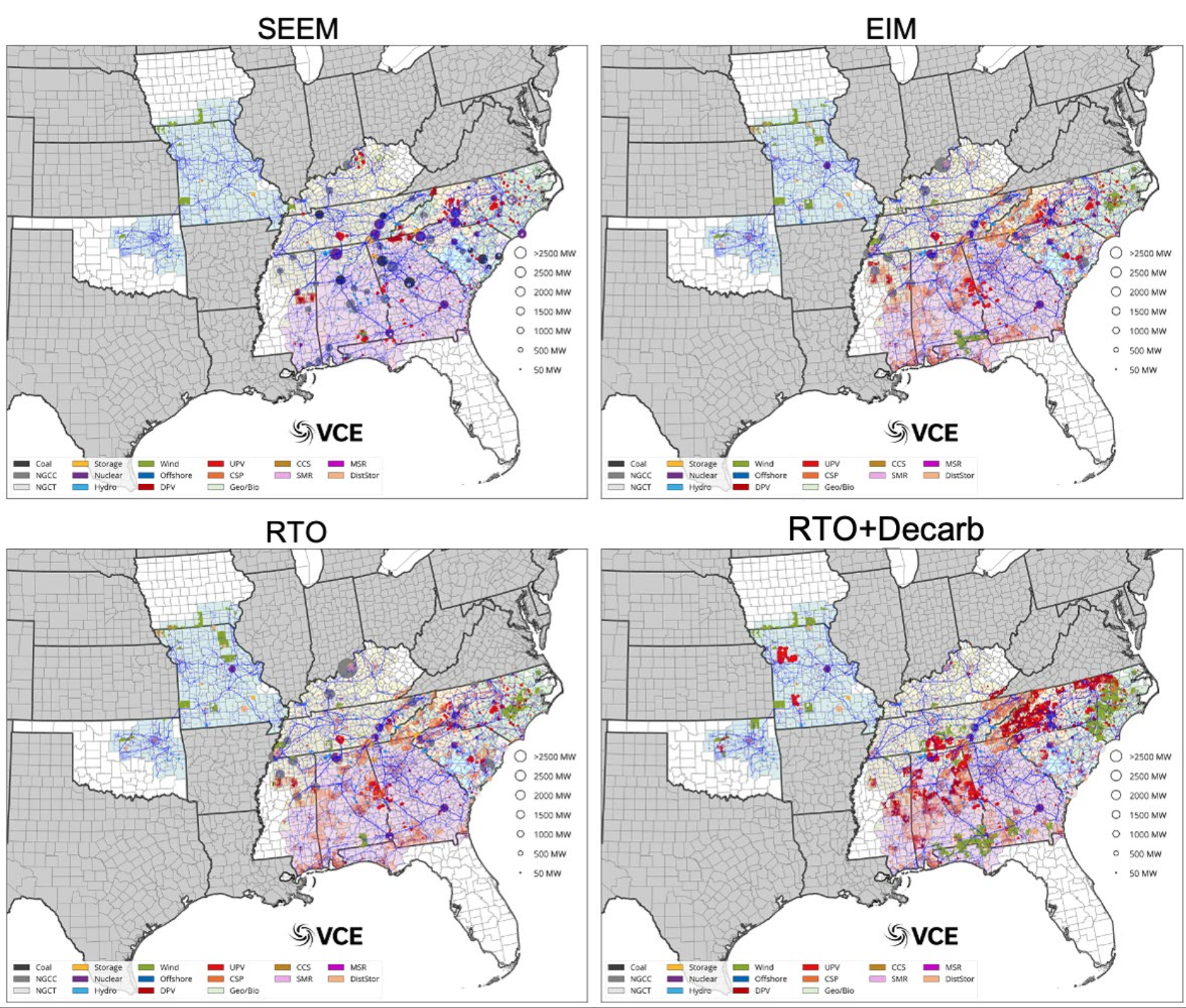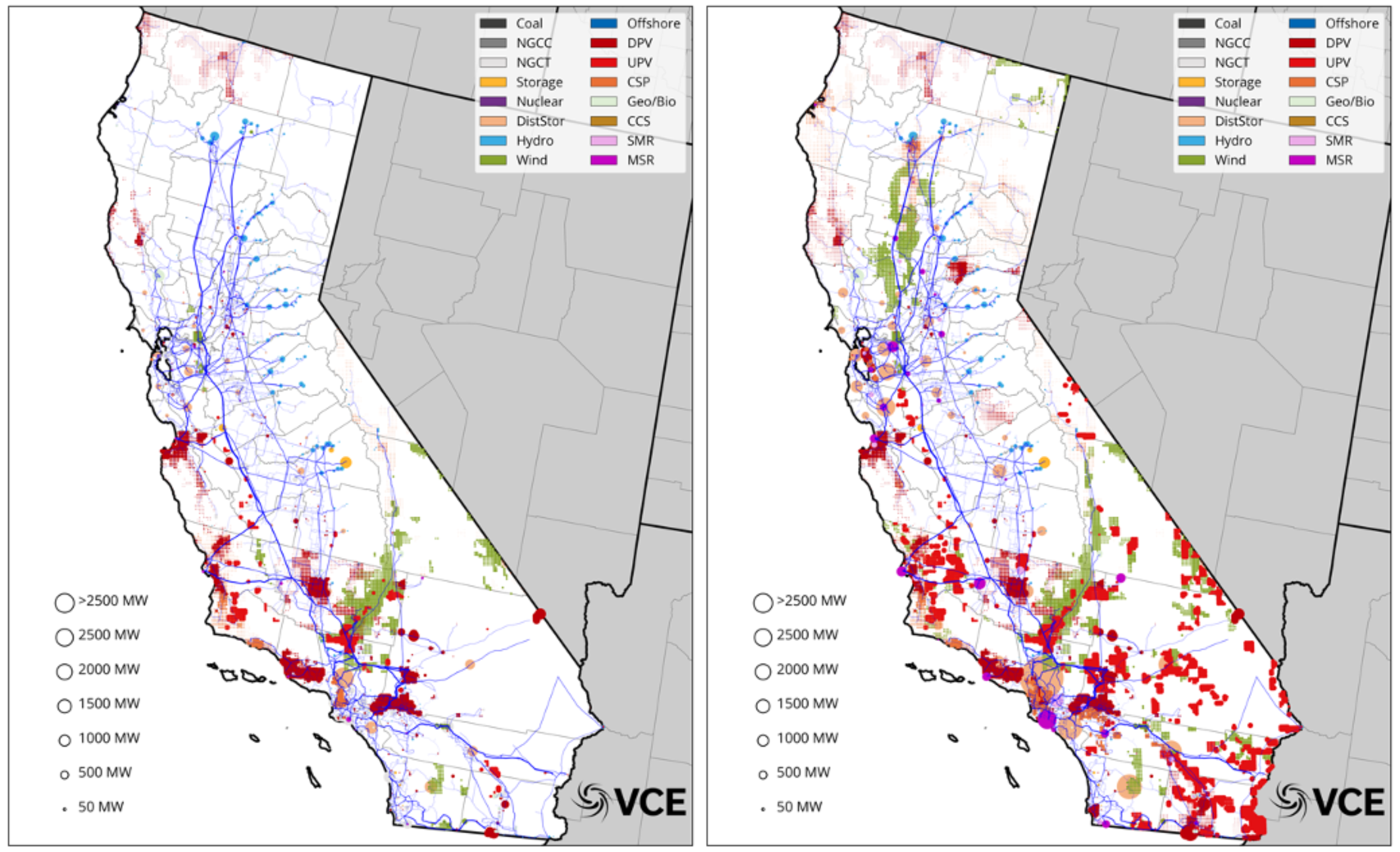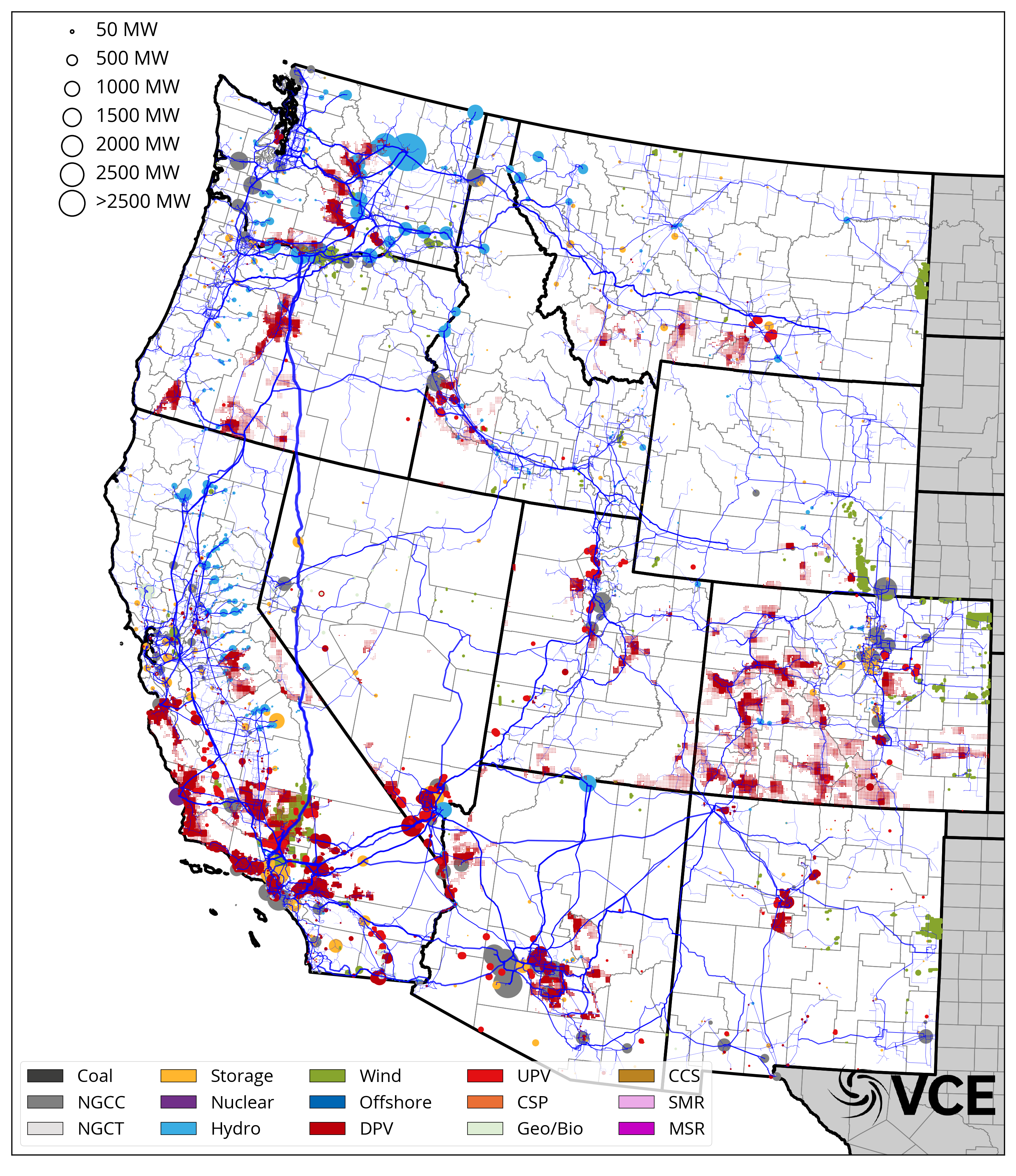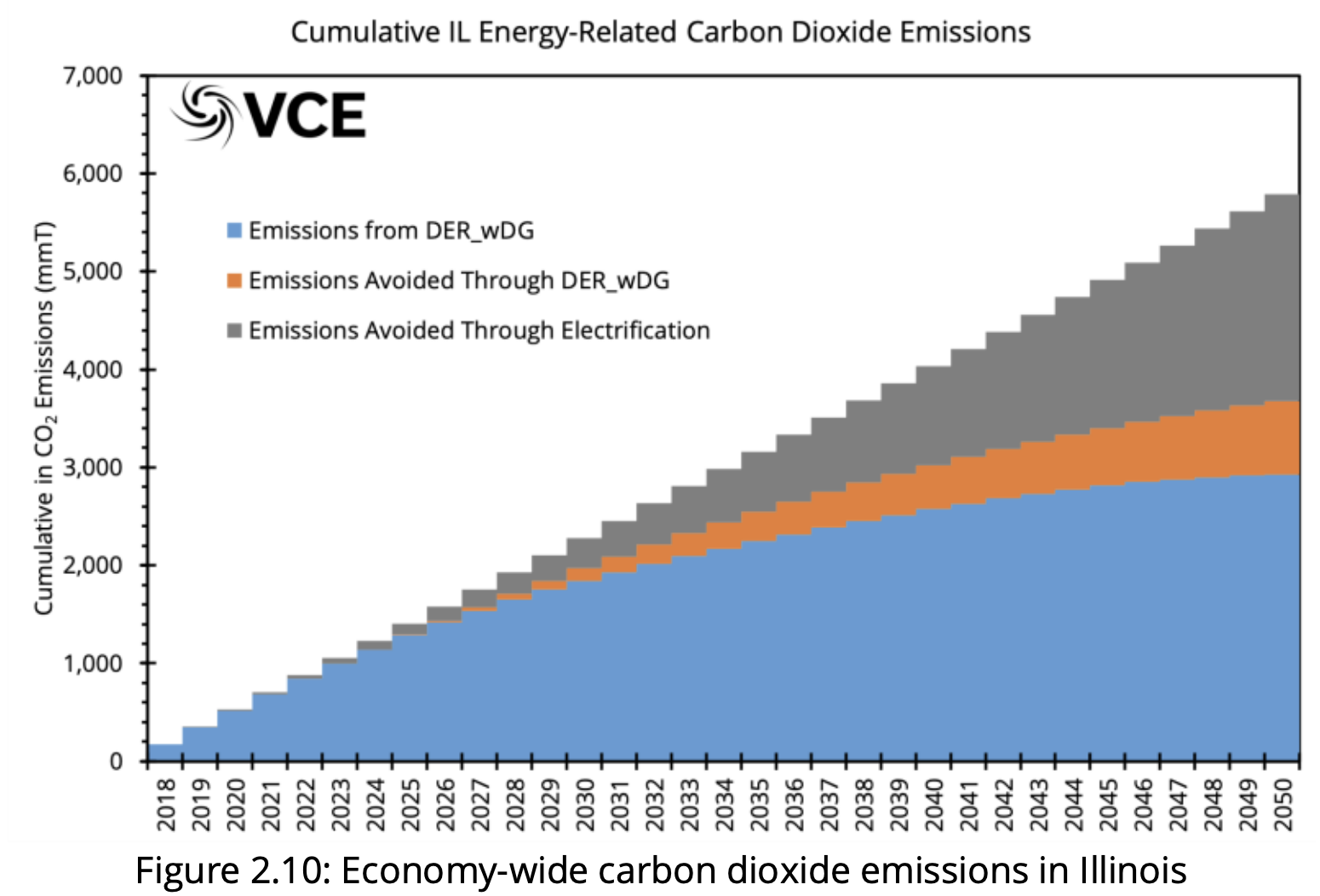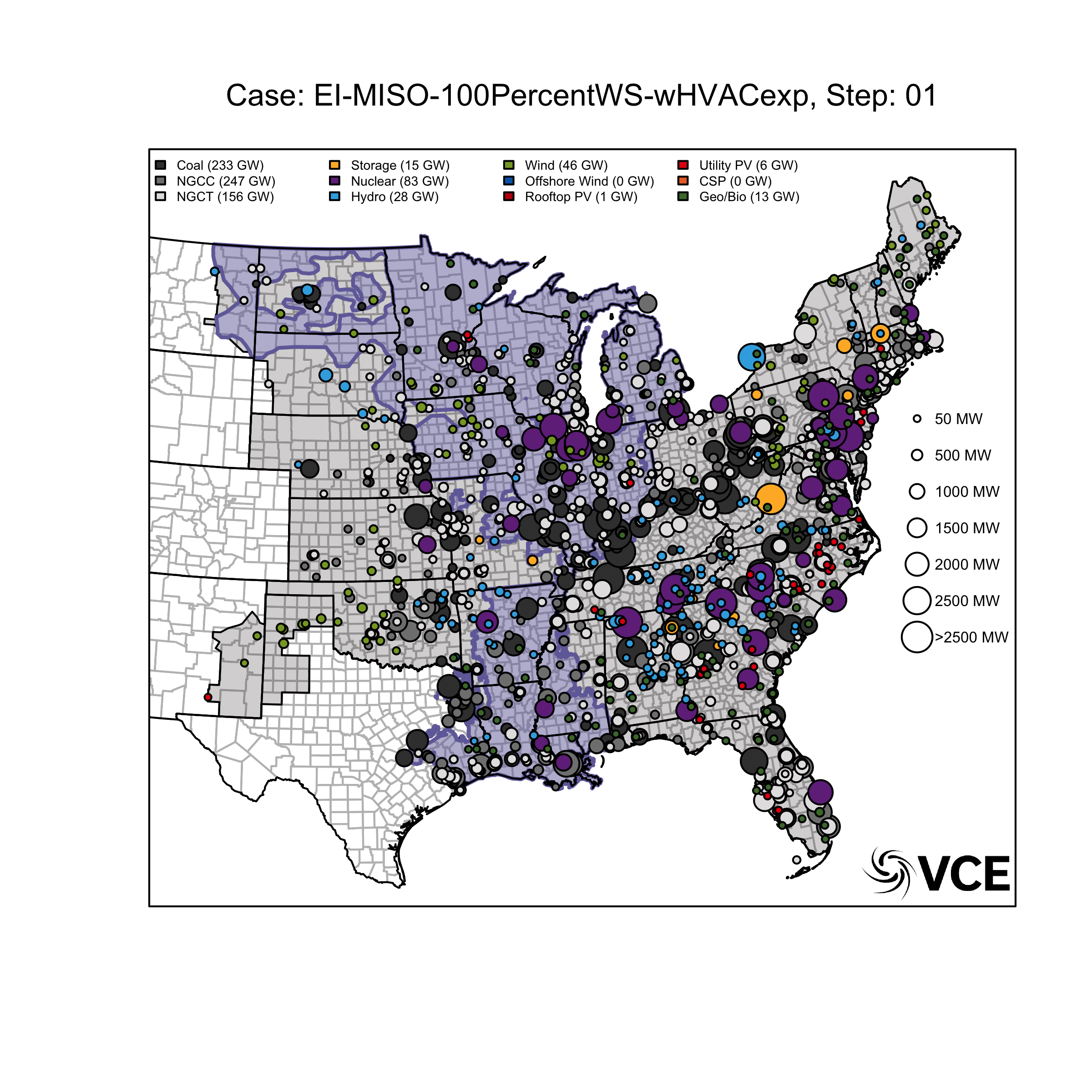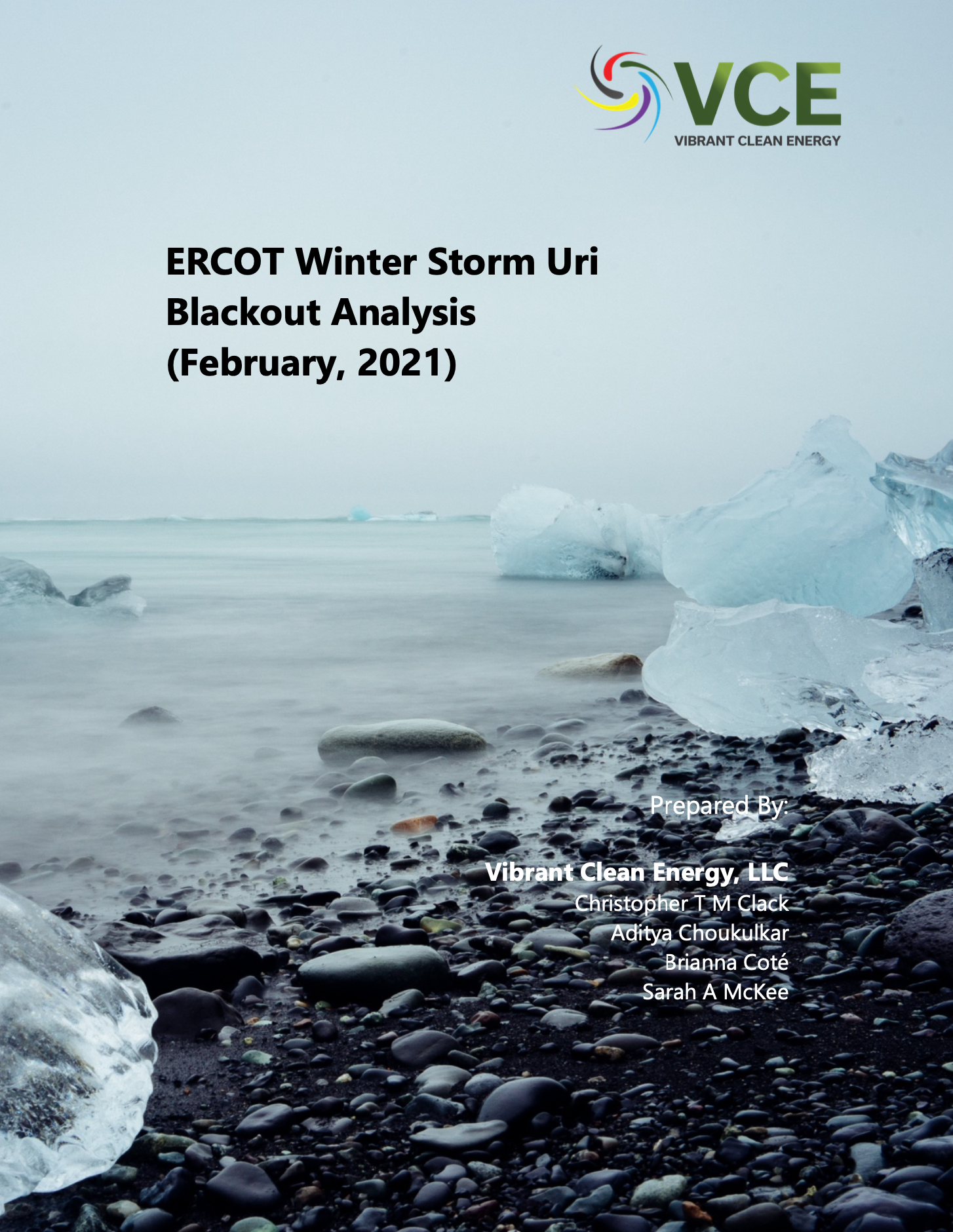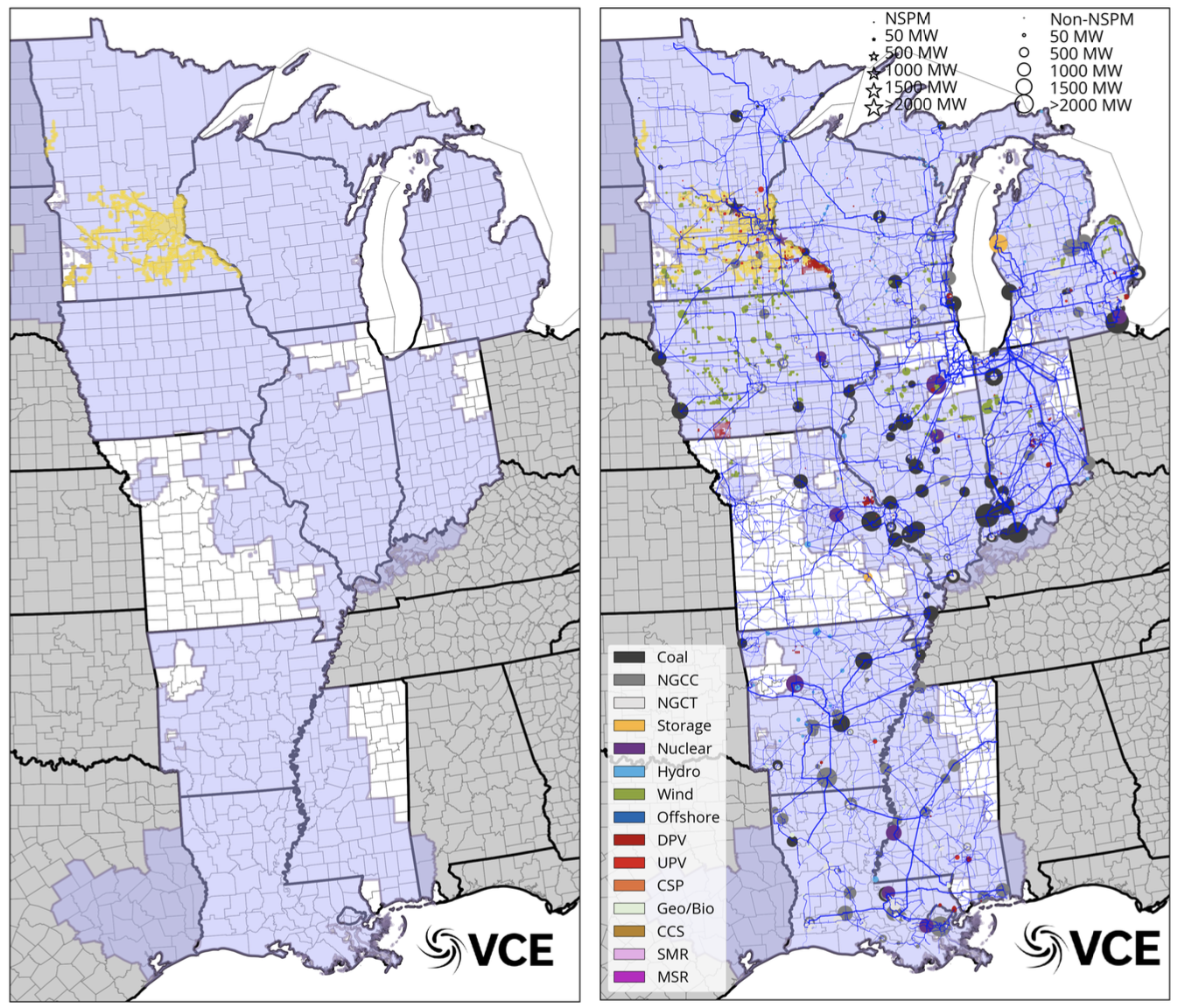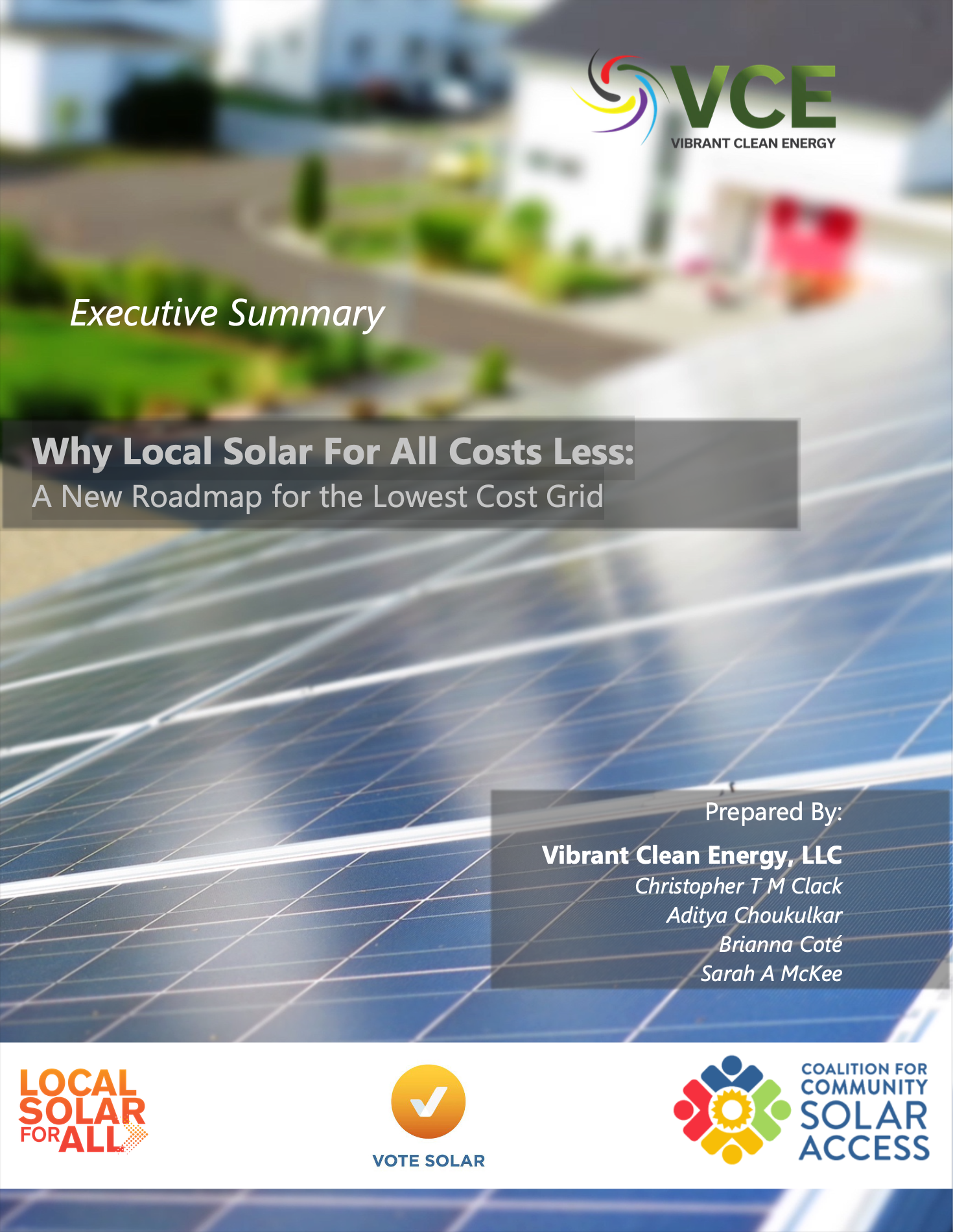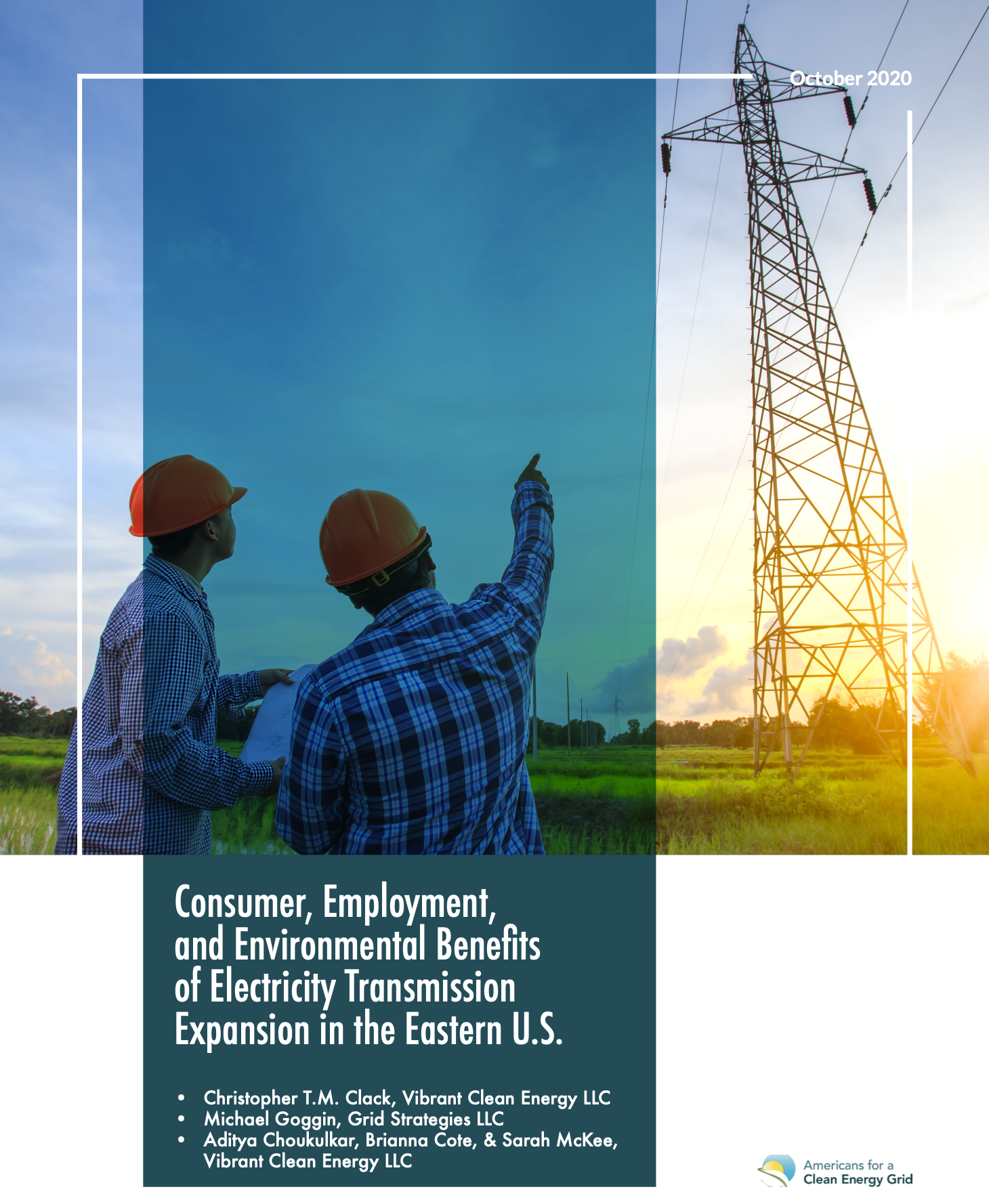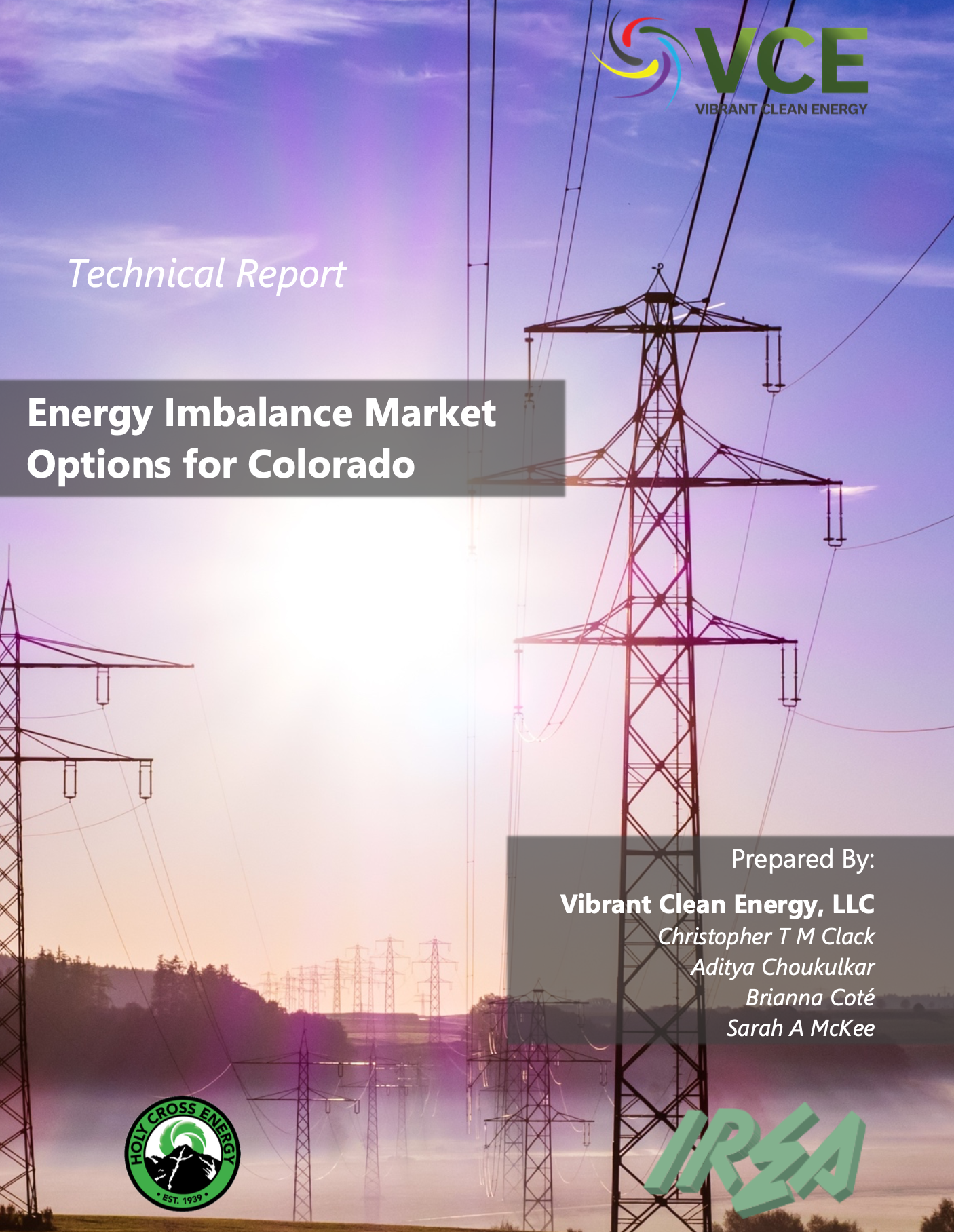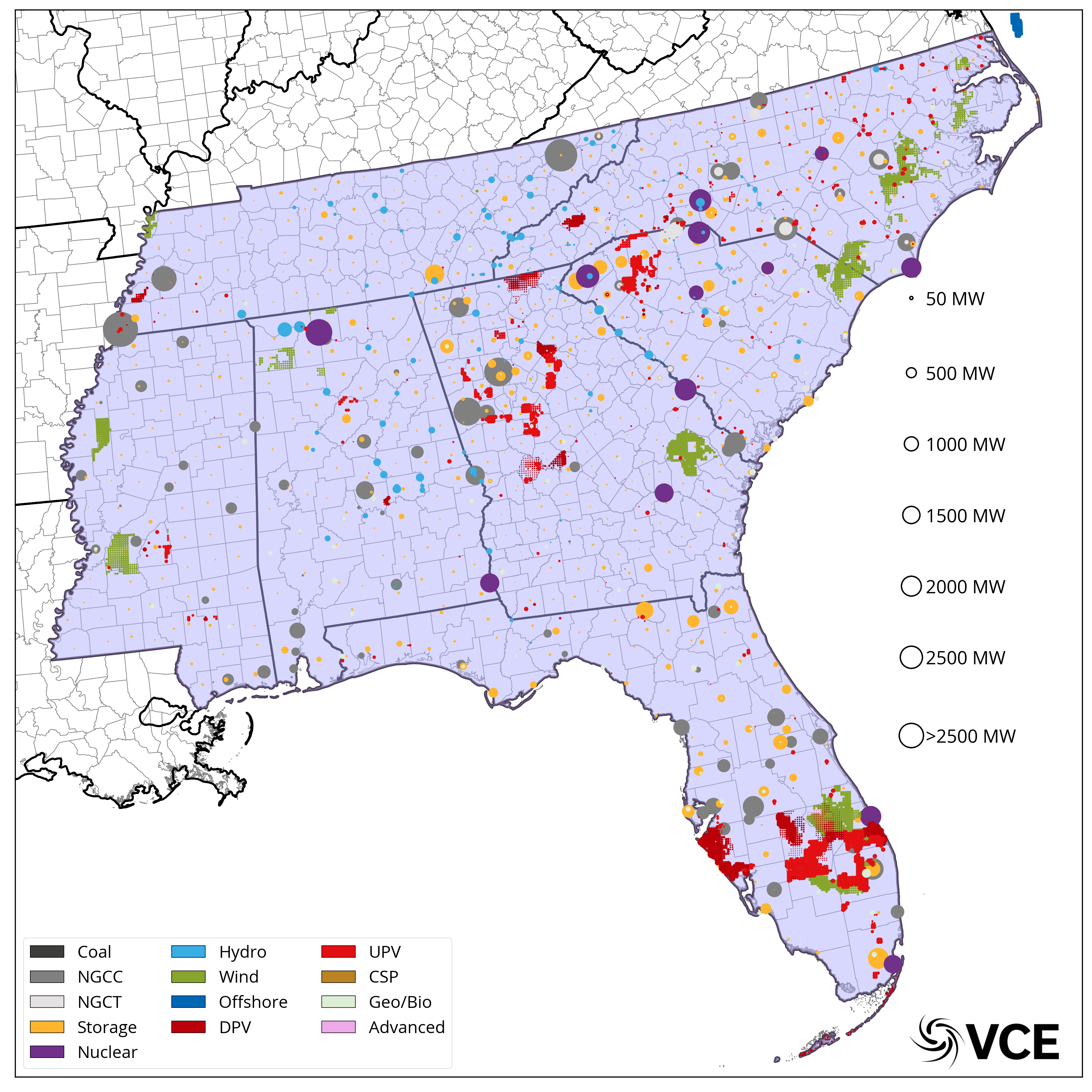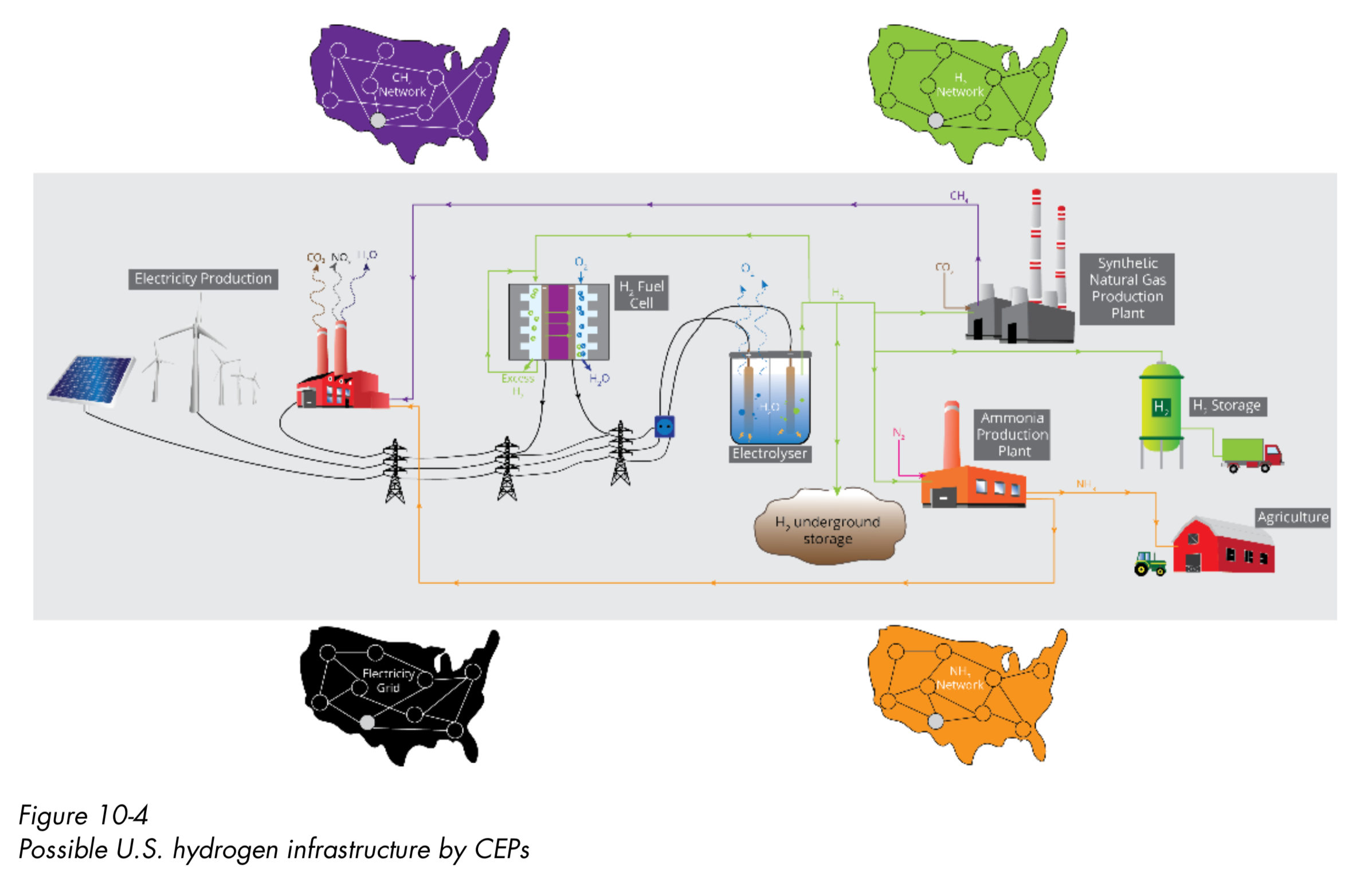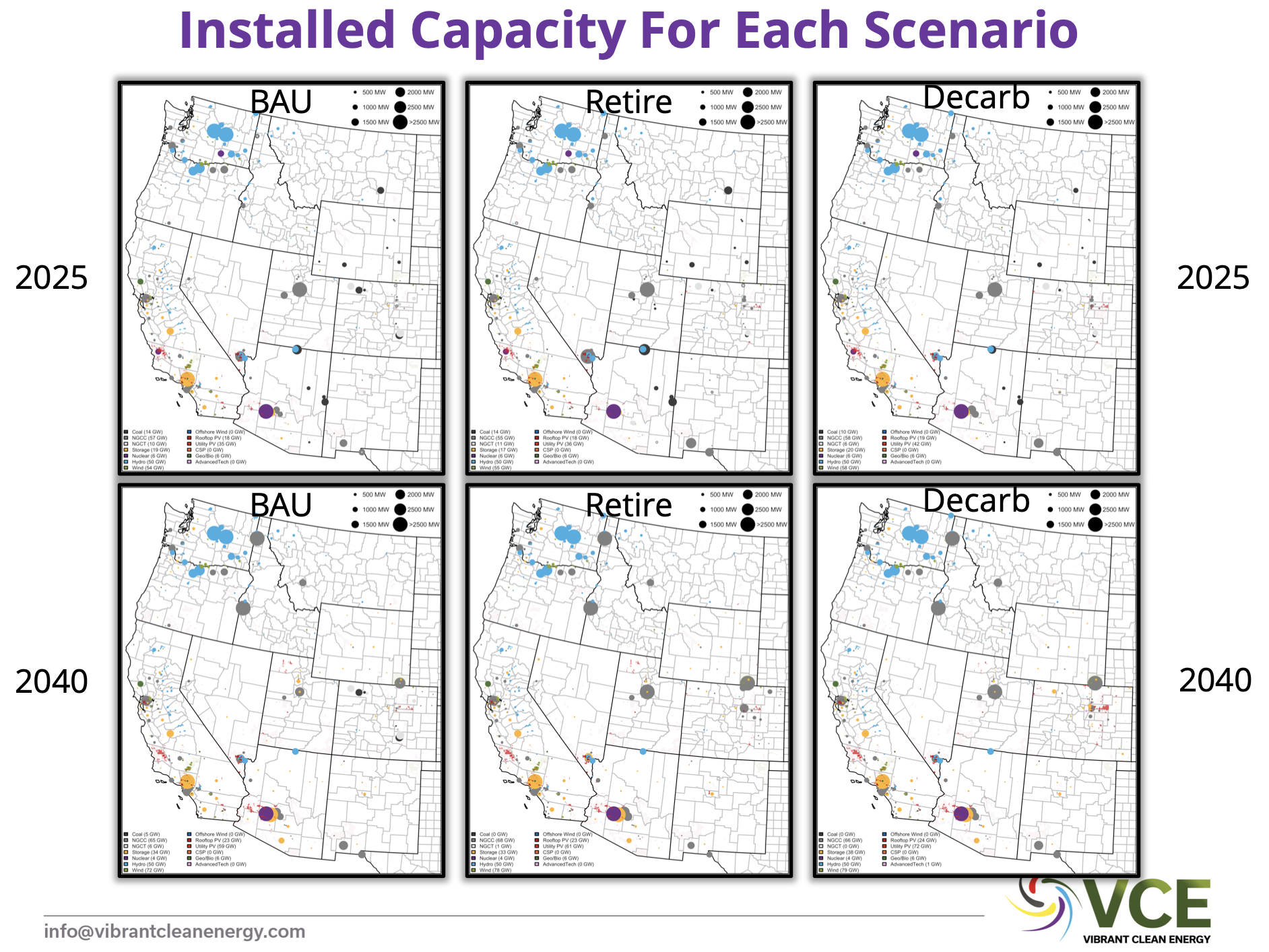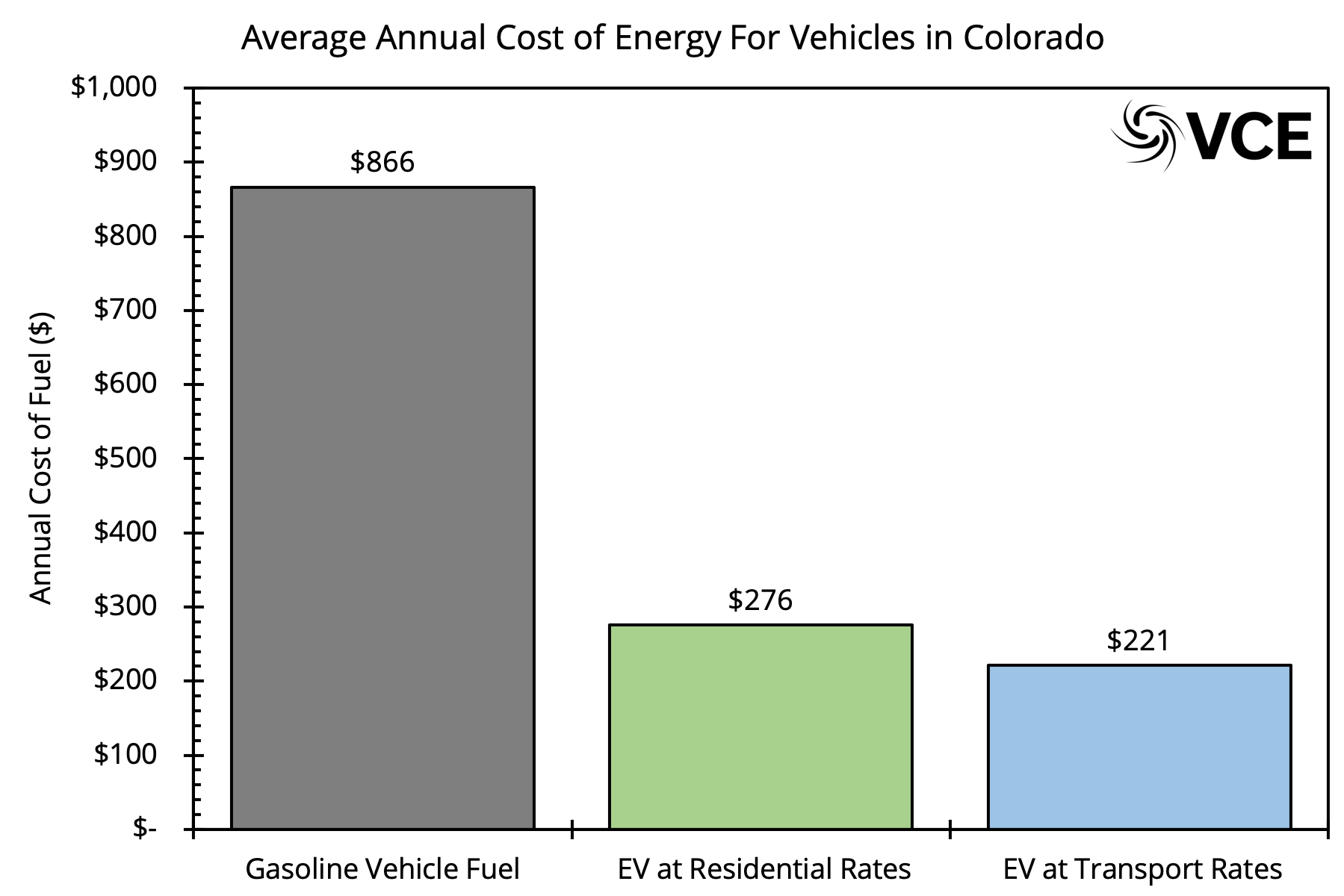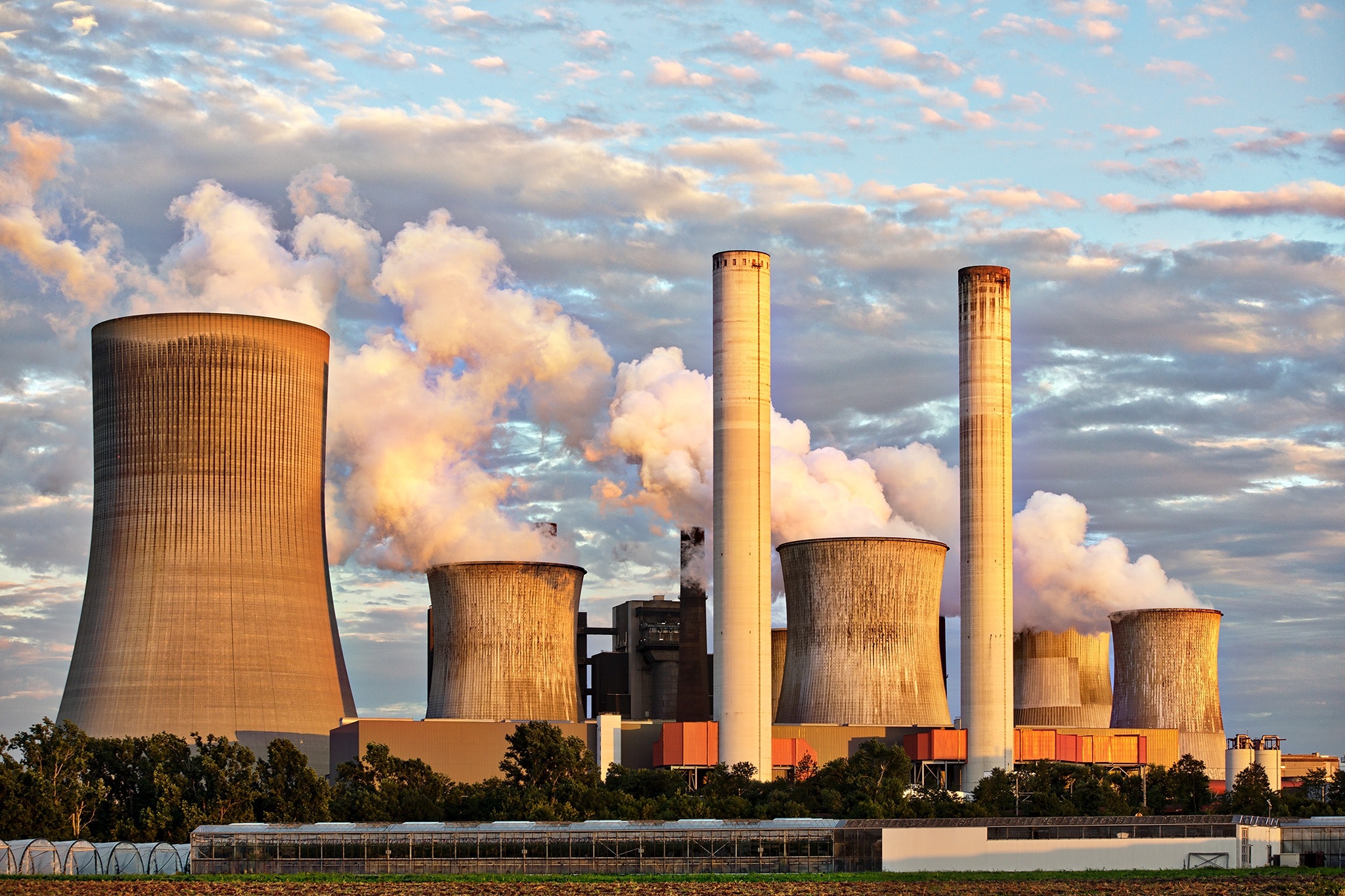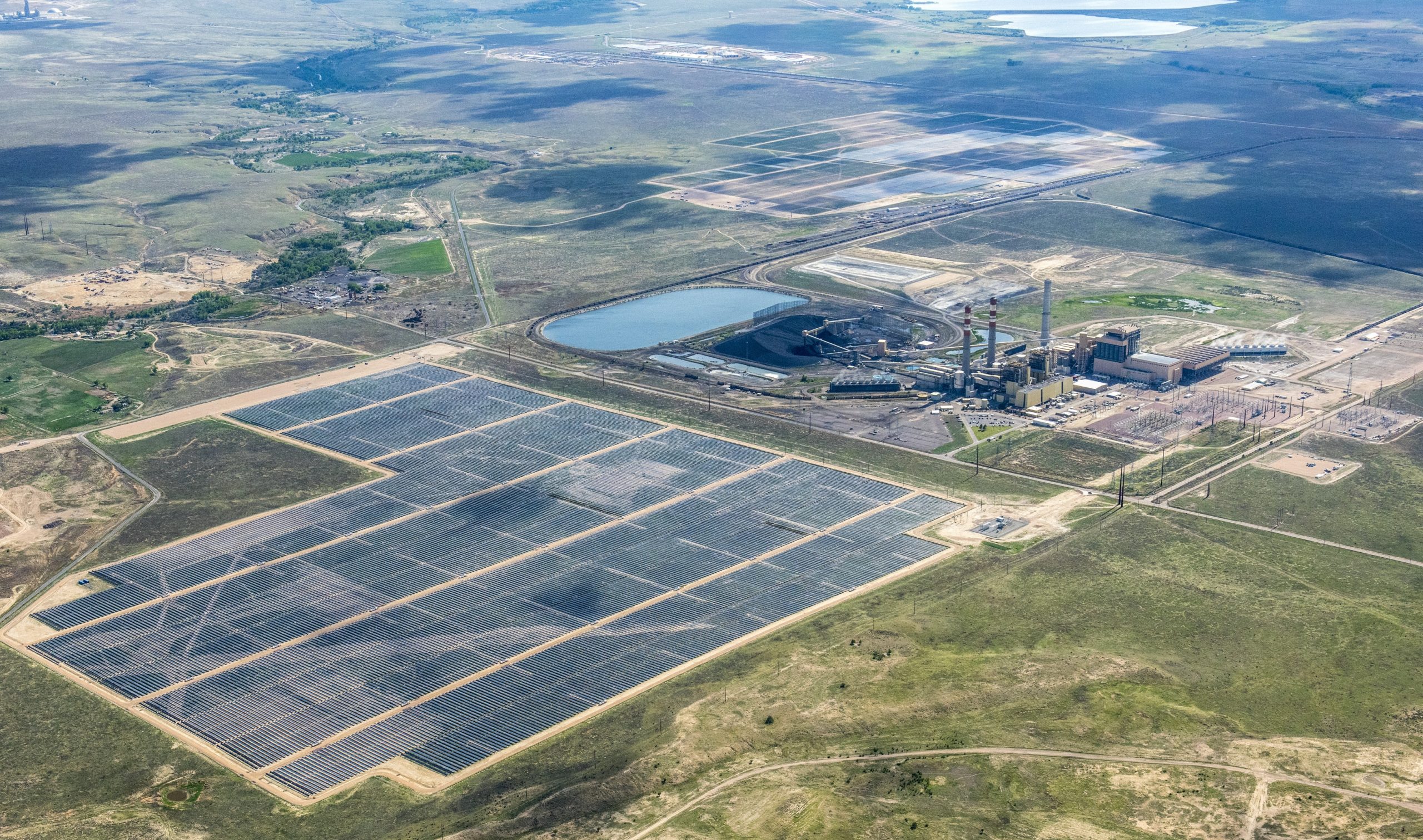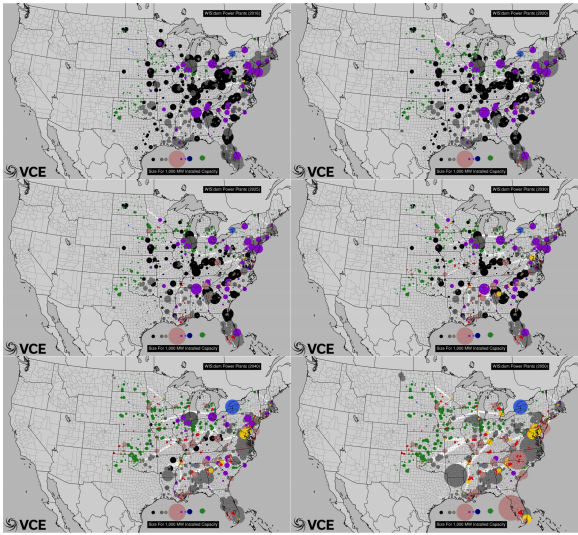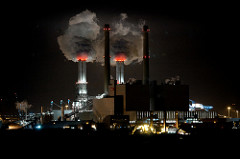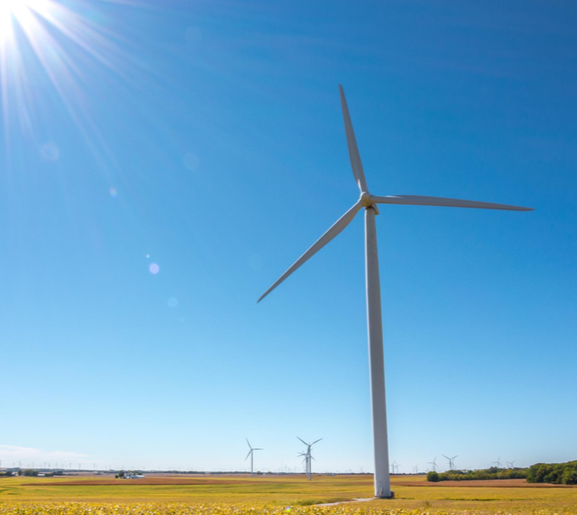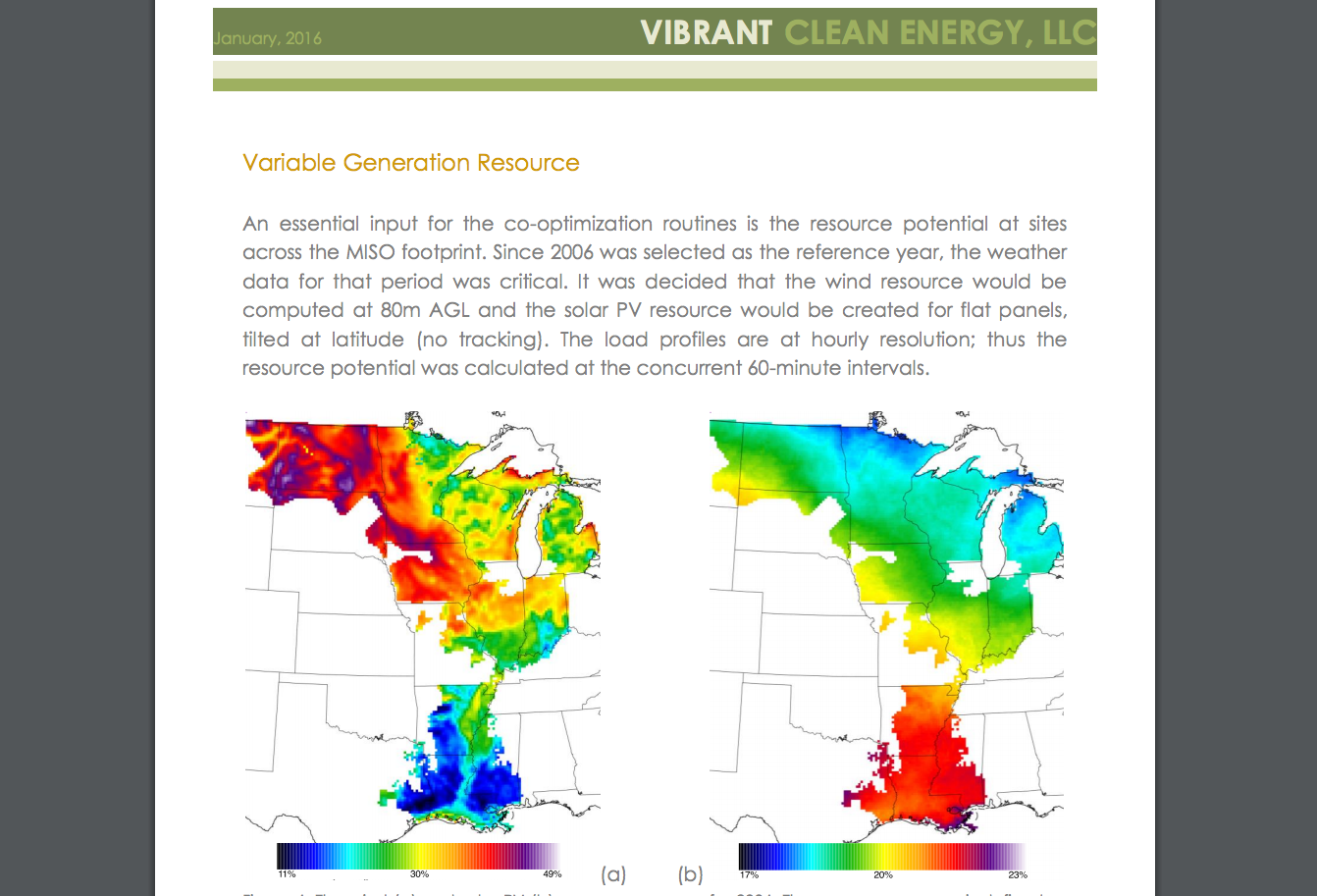In August 2022, the Inflation Reduction Act (IRA) was signed into law by the 117th Congressional Session. The changes and updates for incentives pertaining to clean energy technologies will provide historic levels of consistent federal support for the next decade. In addition, there are avenues to receive additional bonus incentives within the IRA bill. The present report provides an overview and analyzes the spatial components of two of these additional tax incentives called out by the legislation: Energy Communities and Low-Income Communities. The finalized data and documentation is constructed from an energy infrastructure modeling perspective. We hope the data and report will further enhance the discussion regarding the specific definitions for communities contained within the IRA legislation.
There are many new implications that will come out of the IRA bill. The two main incentives that the industry is familiar with are the Production Tax Credit (PTC) and the Investment Tax Credit (ITC). Both of these incentives are increased by 10% if a qualifying asset is built within an Energy Community. An additional 10% can be achieved if qualifying technologies are built within Low-Income Communities as defined by the IRA bill. The purpose of the present report is to produce actionable datasets for industry and the modeling community that are available for all.
The study was produced by the VCE without any external funding. VCE shares the report and the output data files as open source.

